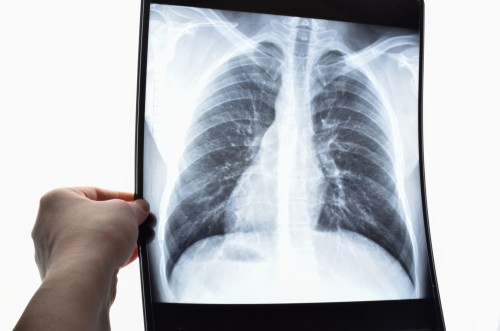Asbestos is a naturally occurring mineral that has been used in a variety of industries, most notably in construction and shipbuilding, for many years. The mineral is made up of long, thin fibers that are resistant to heat, electricity, and chemical damage, making it an ideal material for insulation and fireproofing. Unfortunately, asbestos has also been linked to an increased risk of developing lung cancer, as exposure to the mineral can cause scarring and inflammation of the lung tissue.
There is a strong link between asbestos exposure and the development of lung cancer. Studies have shown that those who have been exposed to asbestos have a higher risk of developing lung cancer than those who have not been exposed. Asbestos exposure is most commonly linked to mesothelioma, a type of cancer that affects the lining of the lungs, but can also lead to other types of lung cancer, including adenocarcinoma, small cell lung cancer, and squamous cell carcinoma.
The most common risk factor for developing lung cancer from asbestos exposure is the length of time a person has been exposed to the mineral. Those who have been exposed to asbestos for an extended period of time are at an increased risk of developing lung cancer. Additionally, those who have been exposed to high levels of asbestos are more likely to develop the disease than those who have been exposed to lower levels.
In addition to increasing the risk of developing lung cancer, asbestos exposure can also lead to other health conditions, such as asbestosis and pleural plaques. Symptoms of these conditions can include shortness of breath, difficulty breathing, chest pain, and coughing up blood. Asbestos exposure can also increase the risk of developing other types of cancer, such as ovarian cancer and laryngeal cancer.
Because of the serious health risks associated with asbestos exposure, it is important to be aware of the risks and take steps to reduce exposure. If you think you may have been exposed to asbestos, it is important to seek medical attention immediately, as early diagnosis and treatment can help to reduce the risk of developing lung cancer.

